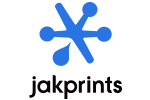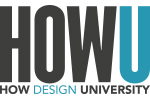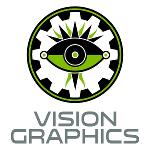“Understanding people before design” was an early thought in Dan’s career. He continued beyond design to study ergonomics and biomechanics. He’s developed innovative ways to understand people through both quantitative and qualitative methods, drawing on knowledge from a wide array of disciplines. Most importantly these methods are design-actionable, and are proving to have positive impacts on people’s lives.
Dan consults with companies worldwide on design and innovation. In addition he recently co-founded two collectives to help understand people, 4B and Brainpool, and co-founded the Master’s in Branding program at the School of Visual Arts (SVA) in New York.
Dan consults with companies worldwide on design and innovation. In addition he recently co-founded two collectives to help understand people, 4B and Brainpool, and co-founded the Master’s in Branding program at the School of Visual Arts (SVA) in New York.
Sessions
Obsoleting Yourself
Tuesday, May 5 • 11:30am – 12:15pm
Knowing how to design something is easy. Knowing what to design is more difficult. Knowing why to design—that’s a lot more valuable. As more companies embrace design as a differentiator, we’re seeing innovation, design, and user experience centers propagate. Your personal value as a designer, however, may be in question. Designers worldwide have learned to follow standard sets of rules, step-by-step procedures for starting and completing a project. At the end of the day, designers can easily tell you how they designed something. They can less-often tell you why. Although pretty soon, knowing why will make knowing how obsolete.
3 Main Take-Aways:
- While a design process may be important, it may not be very valuable.
- What you do is a commodity, what you know is not.
- There are a lot of valuable things about people that we, as designers, don’t know.





























